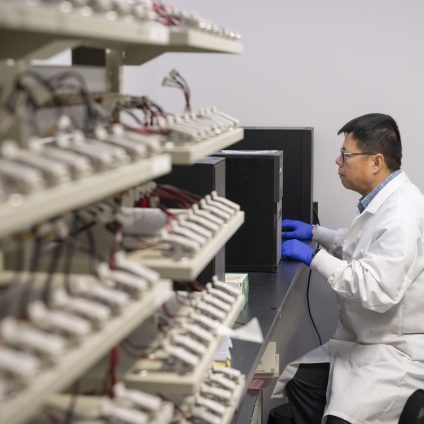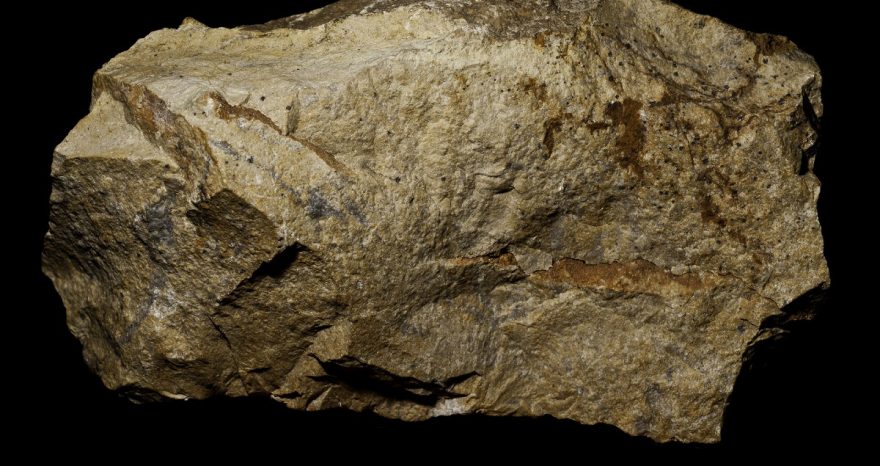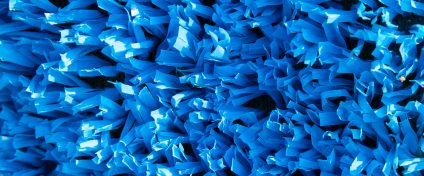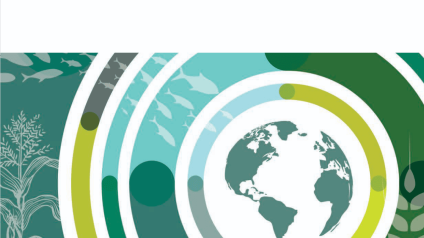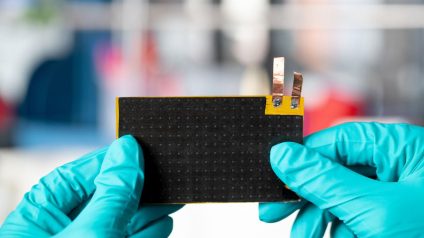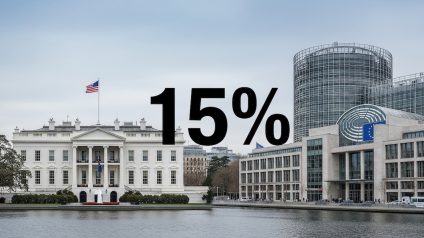A new upcycling method developed in the U.S. offers a scalable and greener solution to recover valuable cathode materials from spent lithium-ion batteries.
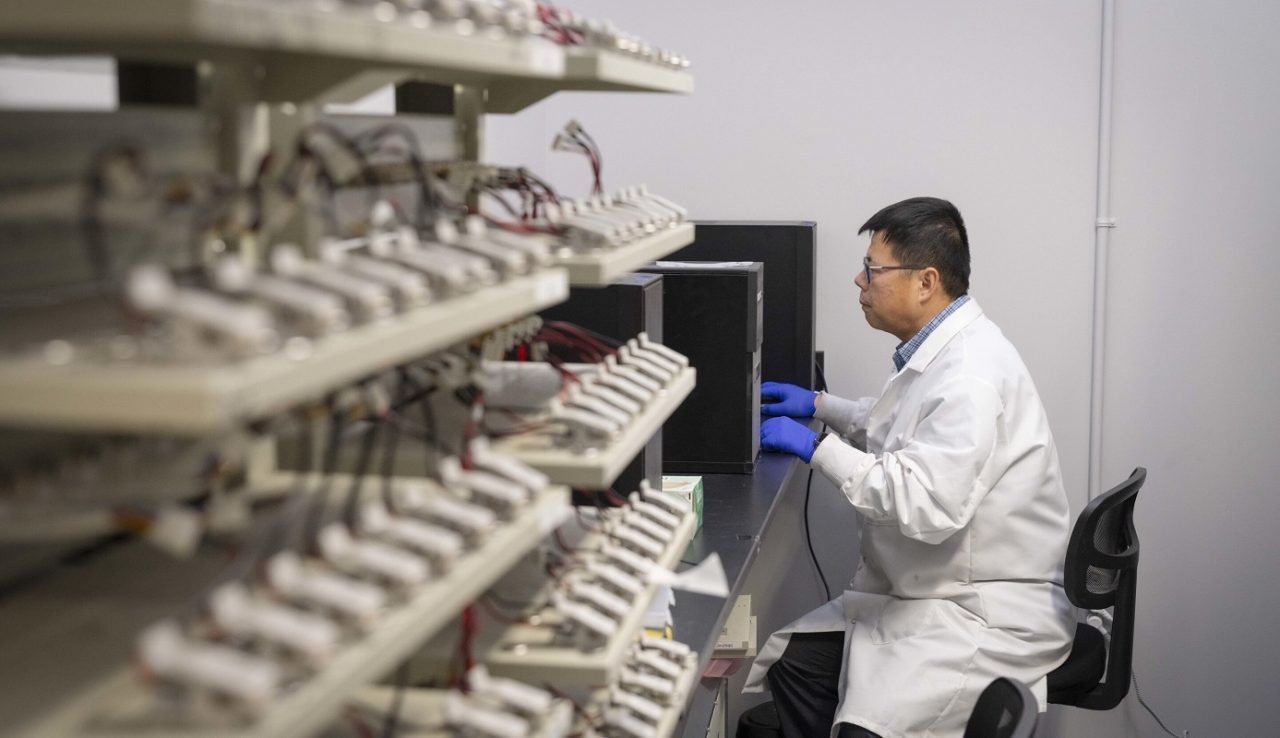
A more efficient and sustainable path for battery recycling
Sustainable battery recycling is key to preserving resources and minimizing environmental impact. As a result, both institutional and industrial players are intensifying efforts to find greener, more effective solutions. Yet, current recycling strategies often focus on recovering individual components, making it especially difficult to reuse mixed cathode materials.
Now, a major step forward in sustainable technology comes from the research center at Worcester Polytechnic Institute. There, scientists have developed a scalable, eco-friendly method to recycle lithium-ion batteries. The study, titled Upcycling Mixed Spent Ni-Lean Cathodes into Ni-Rich Polycrystalline Cathodes, introduces a hydrometallurgical upcycling approach that delivers both environmental and performance advantages over traditional methods.
Battery recycling, 92% recovery of critical materials
The process focuses on spent low-nickel (Ni-lean) mixed cathode materials commonly found in used lithium-ion batteries. Traditional recycling techniques struggle to recover these materials effectively, often relying on energy-intensive processes that yield low-value results.
In contrast, Professor Wang’s method recovers over 92% of the critical metals, nickel, cobalt, and manganese, and transforms them into high-performance cathode powders. Tests show that batteries made with these recycled materials perform comparably to those built with virgin materials. They also retain 88% of their capacity after 500 charge cycles, and over 85% after 900 cycles in commercial-size pouch cells.
Pouch cells are a type of lithium-ion battery encased in a soft, flexible outer layer made from aluminum-plastic laminate, resembling a small bag or envelope. Unlike other formats, pouch cells do not have a rigid metal casing.
CO₂ emissions reduced by 13.9%
This new process is not only efficient in material recovery but also significantly greener. It uses 8.6% less energy than conventional hydrometallurgical techniques and cuts carbon emissions by 13.9% compared to standard recycling methods, and even more compared to direct upcycling. “We’ve demonstrated that it’s possible to create high-performance batteries from recycled materials at scale, which is critical for building a more sustainable and resilient battery supply chain,” said Professor Wang.
Circular economy for batteries
This innovation directly addresses two major global challenges: the growing volume of battery waste and the increasing demand for critical materials used in electric vehicles and clean energy technologies. The research team hopes the industry will shift its focus toward sustainable solutions like the one demonstrated in this study, offering a meaningful step toward a more circular battery economy.


